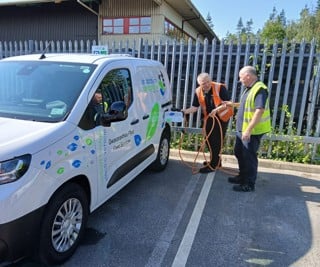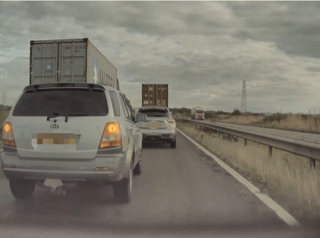A growth in online driver risk management and e-driver training solutions among fleet operators is bring predicted for 2011 as businesses look to improve efficiency and keep their costs low over the coming 12 months.
“Many fleet operators have put off their driver risk assessments and training due to the recession,” said Graham Hurdle, managing director of E-Training World.
“However, we’ve spoken to a large number who say that this year they can’t wait any longer, and must take action. But with budgets being tight they are looking for the most cost-effective, simplest and beneficial route – and this is to do it online.”
Hurdle says that adopting a web-based route for both driver risk assessments and training not only involves a relatively low cost outlay – it also saves time and money by reducing accidents, avoiding unnecessary ‘in vehicle’ training and improving fuel consumption.
“The days of ‘sheep dip’ driver training, where an employer puts all drivers on the same defensive driving course, seem to be over,” continued Graham.
“Now companies are using our online risk assessments to determine with precision what form of training, if any, is required. This can reduce on-road training to less than 10 per cent of fleet drivers which is a massive saving.
“And because fleet operators understand that reducing accidents is mainly to do with changing driver attitudes, our online driver training course is soaring in popularity as it is 90 per cent cheaper than a driver training day.
“It is also proven to reduce collisions by up to 20 per cent and offer fuel savings of nearly 10 per cent which means it more than pays for itself. And with additional on site support our clients have seen accidents reduce by 70 per cent.”
To support the expansion of web-based technology E-Training World has recently launched a service called, ‘Telematics ROI’: “We use our team of qualified Risk Managers and some clever software to monitor drivers daily, using the data to tailor individual driver training programmes,” explained Hurdle.
“Moving forwards, I see this is an important new approach. Because my expectation is that almost all assessment, training and driver monitoring will eventually become web-based with very little physical intervention at all. Particularly when we see greater advancements in the extraction of in-vehicle data which is streamed into our fleet and risk management systems which means drivers and their vehicles are churning data out from their journeys into software which can interpret it.”

















Login to comment
Comments
No comments have been made yet.